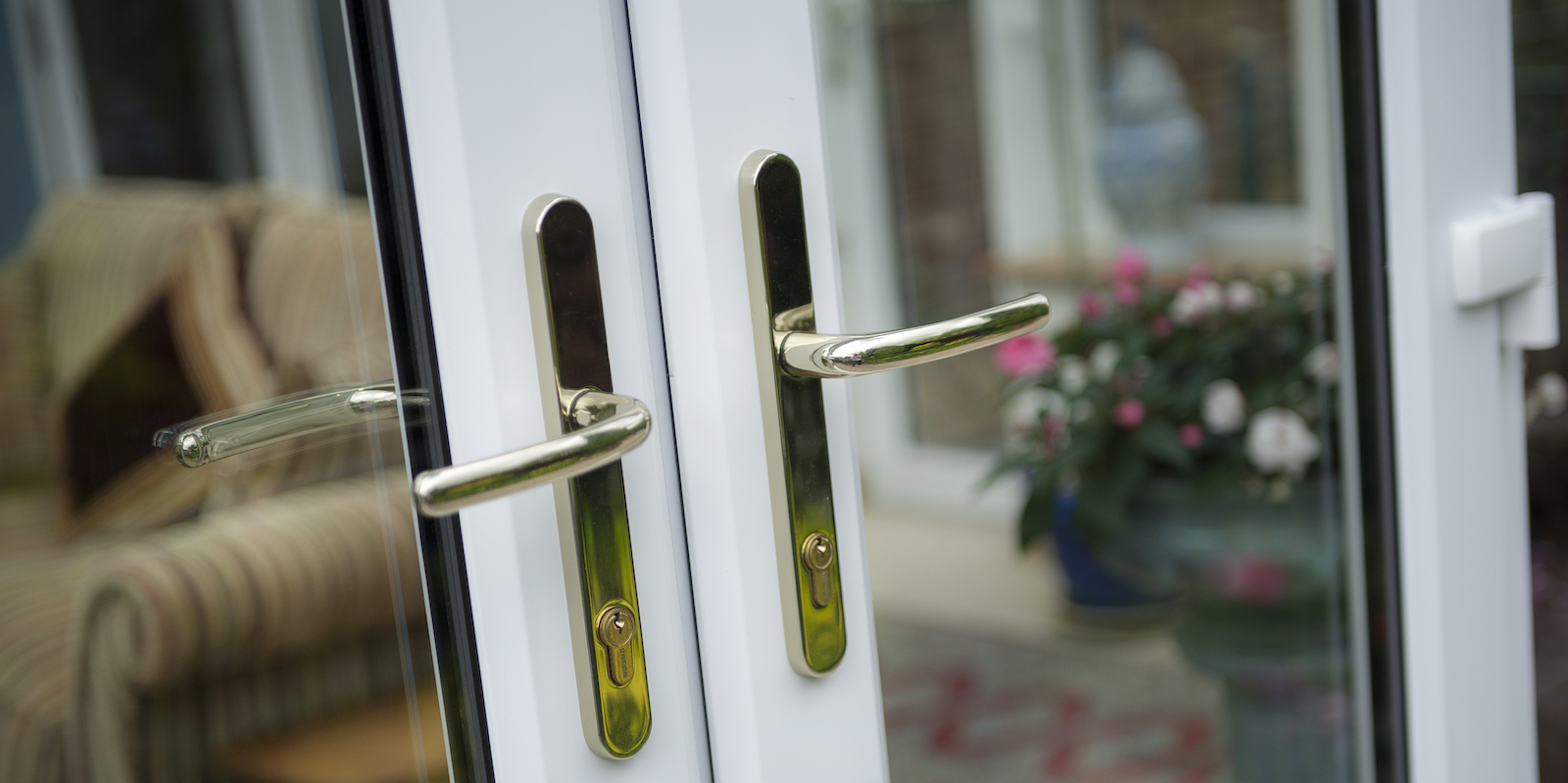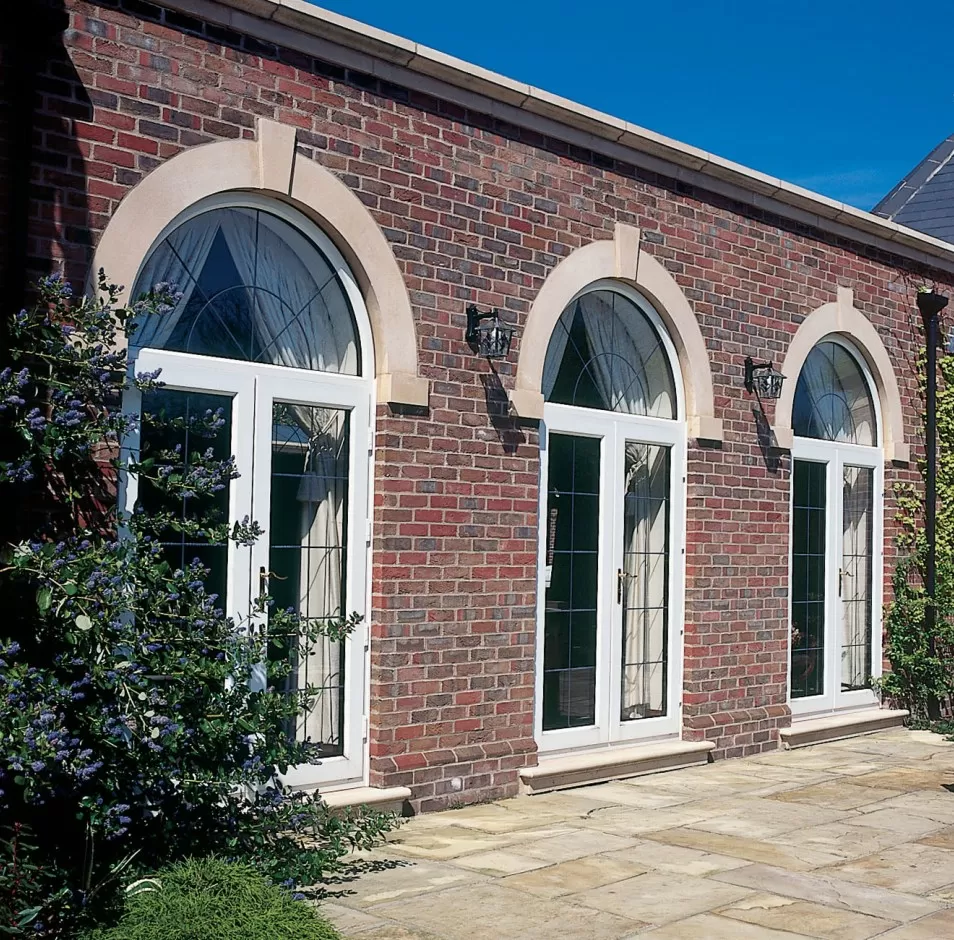9 Lessons Your Parents Taught You About French Door Threshold Replacem…
관련링크
본문
Choosing a french doors to replace sliding patio doors door threshold replacement french door, Elearnportal.science,
Thresholds fill in gaps in the bottoms of doors, and protect against the elements of water, draughts and insects throughout the all year. A threshold that is lower also offers security for pushchairs, wheelchairs, and more seamlessly connects indoor and outdoor spaces.
When advising your clients on their french door threshold options it is crucial to know the different options available.
 Weathered
Weathered
The threshold of an exterior door is an essential feature of any door system. It provides protection from the elements and a seamless transition between indoor and outdoor space. When deciding on the threshold to be used with an external door system, it's important to strike a balance between safety and design. Alongside being a necessity for keeping the home weatherproof, thresholds play an important role in user safety by preventing tripping, and restricting access for those with mobility issues or wheelchairs. In the end, there are several threshold options to choose from, allowing customers to choose the best one for their home.
A weathered threshold is a great option for exterior doors, as it offers exceptional rates of weather protection and creates an effective barrier to keep the elements of wind, water and draughts from. This type of threshold is recessed or sunk into the floor, leaving a 14mm rise. This helps reduce the risk of tripping and creates a solid seal against the elements. Weathered thresholds are recommended for all external doors since they offer higher levels of weatherproofing than non-weathered alternatives. However, the higher height of weathered thresholds may make them unsuitable for some users, particularly those with wheelchairs or pushchairs/prams.
The thresholds that are not weathered tend to be smaller in height. They are often just a few millimetres from the ground. This means they are less prone to cause dangers for tripping. They can also provide an easy transition between indoors and outdoor, allowing the two to be connected in a way that is accessible and open. They might not provide the same level of weatherproofing that a weathered option does however, they are ideal for homeowners who want to enhance their home's appearance without sacrificing practicality or security.
If your French doors have an unweathered threshold or you're planning to replace sliding patio door with french doors cost the threshold, a new threshold is a simple do-it-yourself project that can smooth the gaps that are uneven at the bottom of doors, as well as protect against drafts and water ingress. The threshold that was installed previously must be removed before the new one can be fitted to the existing sill. To take off the old sill, put an aluminum bar between it and the subsill. Carefully pry up the middle section. If the ends of the threshold are nailed in place using a hammer and chisel, to break them off from the jambs. After the threshold is removed, wipe away any remaining mortar and sand the area until it has a smooth finish. Before reinstalling the threshold, it is recommended to spray expanding foam sealant beneath it to hold it in place and plug any air gaps.
Thresholds fill in gaps in the bottoms of doors, and protect against the elements of water, draughts and insects throughout the all year. A threshold that is lower also offers security for pushchairs, wheelchairs, and more seamlessly connects indoor and outdoor spaces.
When advising your clients on their french door threshold options it is crucial to know the different options available.
 Weathered
WeatheredThe threshold of an exterior door is an essential feature of any door system. It provides protection from the elements and a seamless transition between indoor and outdoor space. When deciding on the threshold to be used with an external door system, it's important to strike a balance between safety and design. Alongside being a necessity for keeping the home weatherproof, thresholds play an important role in user safety by preventing tripping, and restricting access for those with mobility issues or wheelchairs. In the end, there are several threshold options to choose from, allowing customers to choose the best one for their home.
A weathered threshold is a great option for exterior doors, as it offers exceptional rates of weather protection and creates an effective barrier to keep the elements of wind, water and draughts from. This type of threshold is recessed or sunk into the floor, leaving a 14mm rise. This helps reduce the risk of tripping and creates a solid seal against the elements. Weathered thresholds are recommended for all external doors since they offer higher levels of weatherproofing than non-weathered alternatives. However, the higher height of weathered thresholds may make them unsuitable for some users, particularly those with wheelchairs or pushchairs/prams.
The thresholds that are not weathered tend to be smaller in height. They are often just a few millimetres from the ground. This means they are less prone to cause dangers for tripping. They can also provide an easy transition between indoors and outdoor, allowing the two to be connected in a way that is accessible and open. They might not provide the same level of weatherproofing that a weathered option does however, they are ideal for homeowners who want to enhance their home's appearance without sacrificing practicality or security.
If your French doors have an unweathered threshold or you're planning to replace sliding patio door with french doors cost the threshold, a new threshold is a simple do-it-yourself project that can smooth the gaps that are uneven at the bottom of doors, as well as protect against drafts and water ingress. The threshold that was installed previously must be removed before the new one can be fitted to the existing sill. To take off the old sill, put an aluminum bar between it and the subsill. Carefully pry up the middle section. If the ends of the threshold are nailed in place using a hammer and chisel, to break them off from the jambs. After the threshold is removed, wipe away any remaining mortar and sand the area until it has a smooth finish. Before reinstalling the threshold, it is recommended to spray expanding foam sealant beneath it to hold it in place and plug any air gaps.


